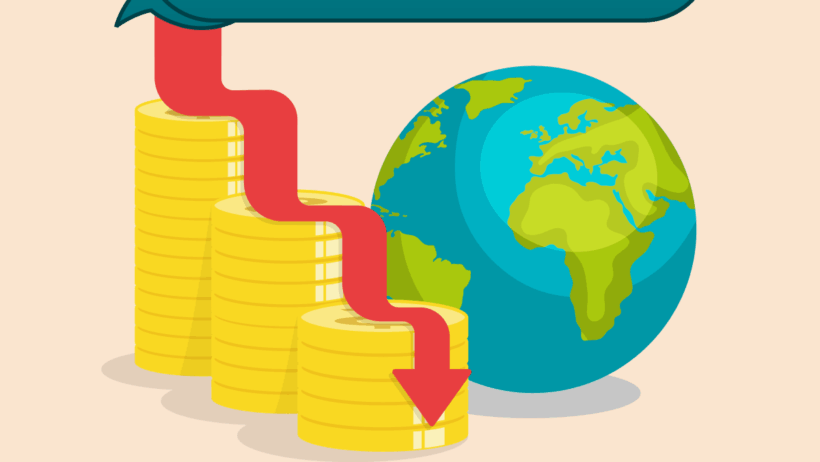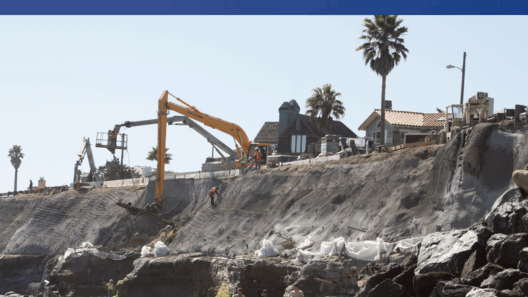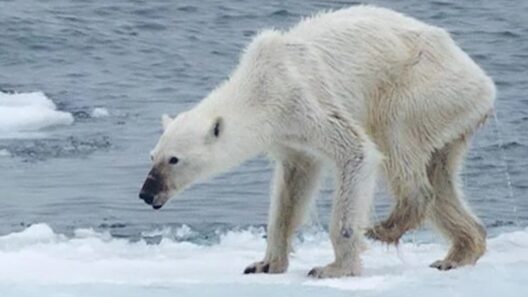The world as we know it is experiencing profound transformations, predominantly due to global warming. With rising temperatures and shifting weather patterns, the economic repercussions are becoming increasingly evident. Have you ever wondered, if the planet were to play a game of dominoes, just how far the initial push of climate change could topple the economic landscape? This inquiry leads us to consider the myriad of ways global warming reverberates through various sectors, influencing growth, stability, and ultimately the well-being of societies around the globe.
To embark on this exploration, it is essential to grasp the intricate relationship between climate dynamics and economic performance. As temperatures rise, one of the immediate outcomes is the escalation in the frequency and severity of natural disasters. From hurricanes and floods to droughts and wildfires, these phenomena prompt significant disruptions in production, infrastructure, and supply chains. Businesses invariably face heightened operational costs, escalating insurance premiums, and in some instances, complete cessation of activities. This turbulence engenders a ripple effect, compelling governments to allocate vast resources for disaster recovery and resilience building.
Moreover, the agricultural sector is particularly susceptible to the vicissitudes of a warming planet. Crop yields directly correlate with climatic conditions; thus, as changes occur, food security becomes a pressing concern. Increasing temperatures and altered precipitation patterns jeopardize traditional farming practices, leading to reduced harvests. As the supply of essential food commodities wanes, prices surge—an economic ripple that not only affects farmers but ultimately cascades through consumers and leads to inflationary pressures globally. This scenario presents a formidable challenge: how do we ensure food security in the face of such adversities?
The health sector also bears the burden of global warming. Elevated temperatures exacerbate air quality, contributing to respiratory ailments and heart diseases. Additionally, the expansion of disease-carrying vectors – such as mosquitoes – into new territories poses dangers that threaten public health systems. This evolving landscape demands financial investments in healthcare infrastructure, preventive measures, and research focused on developing adaptive strategies. Such expenditures strain government budgets and divert funds away from other critical areas like education and infrastructure development.
Yet, the implications go beyond immediate disruptions and health challenges. Think about how energy consumption patterns are shifting in response to climate extremes. As regions face more significant heating, demand for electricity surges, placing immense pressure on energy grids. Traditional sources of energy become strained, and the economic impact of transitioning to renewable forms of energy necessitates extensive investments. While this shift presents opportunities for innovation and job creation in green technology, it also poses a challenge: how can economies manage the transition without exacerbating inequalities or causing further disruption?
Tourism, another vital economic pillar, is also under siege. Destinations that once attracted millions may see their appeal diminish as idyllic landscapes transform into desolate wastelands or suffer the adverse effects of erratic weather patterns. For instance, coastal tourism hotspots risk being engulfed by rising sea levels, leading to infrastructure loss and diminished attractiveness. The economic ramifications are daunting; reduced visitor numbers translate to lower revenues for businesses reliant on tourism, resulting in job losses and community decline. This development raises a significant issue: how can regions diversify their economies to mitigate dependence on climate-vulnerable sectors?
Addressing the broader implications, investors and businesses are increasingly factoring environmental sustainability into their economic models. The rise of the “green economy” signifies a shift towards sustainable practices aimed at reducing carbon footprints and conserving natural resources. Investments in renewable energy, sustainable agriculture, and eco-friendly technologies can foster resilience against climate-related economic fallout. However, this transition is fraught with complexities. Stakeholders must grapple with the potential short-term costs of transformation, weighing them against the long-term benefits of sustainability.
Moreover, global warming poses a challenge to international economic relations. Climate-induced migration is becoming an increasingly common reality, as individuals and communities abandon inhospitable environments. This movement can strain resources in areas receiving newcomers, potentially igniting social tensions and economic disparities. How nations respond to this burgeoning migration—managing border policies, integrating displaced populations, and supporting affected communities—will influence global stability and economic coordination.
In conclusion, the interplay between global warming and economic growth presents a multifaceted challenge. The economic ripple effects of climate change extend into agriculture, health, energy, tourism, and beyond, impacting various sectors. Conscious of this, governments, businesses, and communities must collaborate to navigate the impending economic landscape reshaped by climate dynamics.
Investing in sustainable practices, fostering innovation, and advancing climate-resilient policies will be paramount in steering economies towards a balanced and equitable future. As we stand at a crossroads, the question remains: can we collectively rise to the challenge and innovate our way through a warming world, or will we let the dominoes fall?








